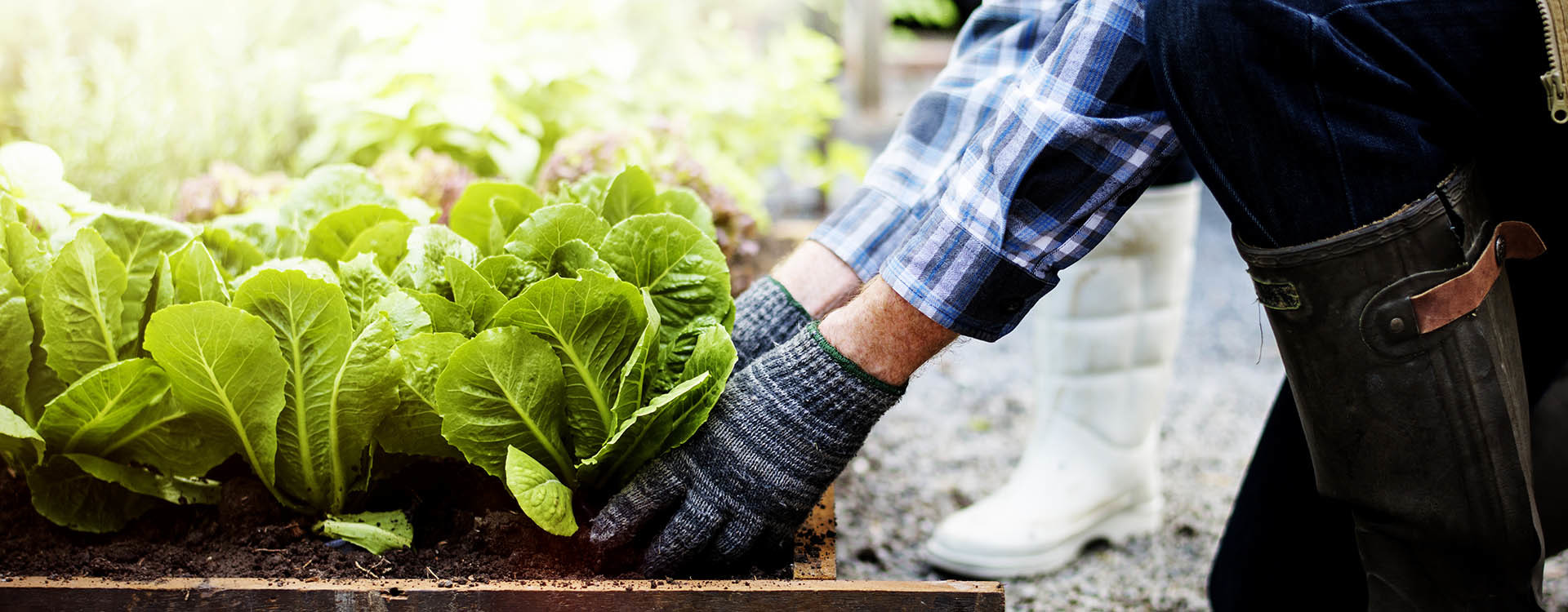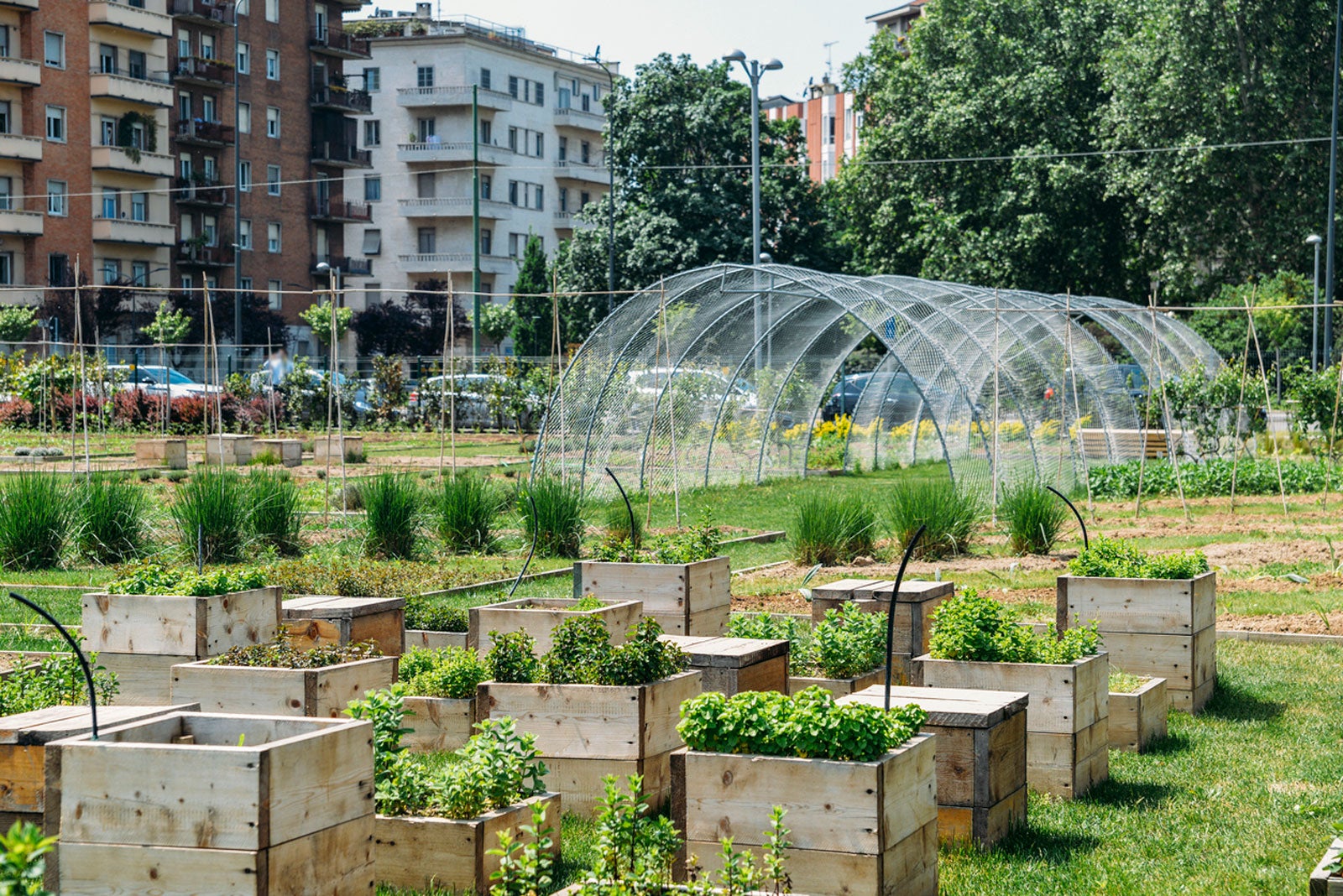The Single Strategy To Use For City Blooming
Table of ContentsGetting My City Blooming To WorkCity Blooming Things To Know Before You Get ThisNot known Facts About City BloomingCity Blooming Can Be Fun For EveryoneThe Ultimate Guide To City Blooming
Interested in growing food to buy in the City of Chicago? Thinking of starting a neighborhood yard? Modifications to the Chicago Zoning Regulation allow farming usages like neighborhood yards and metropolitan farms in numerous parts of the city. Below is a checklist of often asked questions pertaining to the guidelines and regulations that cultivators ought to think about when preparing a metropolitan agriculture job.
The zoning modification does not customize any type of various other codes handling composting, structure authorizations, acquiring or leasing City owned property, service licenses or environmental contamination. There are existing codes that control these concerns and they continue to be completely effect and may apply to your task. Community gardens are generally owned or taken care of by public entities, civic companies or community-based organizations and preserved by volunteers.
Urban ranches grow food that is intended to be offered, either on a nonprofit or for-profit basis. Because of their commercial objective, metropolitan ranches call for a business license. Yes. A community yard is allowed to offer surplus produce that was expanded on website if the sales are accessory or subordinate to the yard's primary function explained above.
City Blooming Fundamentals Explained
Composting is permitted but only for plant material that is produced and made use of on site. The amount of compost product can not surpass 25 cubic yards at any offered time according to the standards in 7-28-715 of the City's Municipal Code. Yes. Since the dirt at most brand-new garden sites requires amending, compost, soil, timber chips, or various other products can be gotten to build or improve the growing room - container and raised bed gardening etc..

If a structure permit is required then the hoophouse will be considered an accessory structure. You can figure out even more about the structure license demands by getting in touch with the Department of Structures. The 25,000-square-foot size restriction is meant to prevent a single community garden from dominating an offered block or interfering with the block's existing household or industrial personality.
The limit does not relate to yards found in Public Open Space (POS) areas. Can there be greater than one community yard that is 25,000 square feet on a solitary block? Yes. The size restriction applies to specific gardens, not to private blocks. No. Fencing is not called for, nevertheless, yards that have large car parking locations may be required to set up fencing or various other landscaping functions.
City Blooming - The Facts
B1 & B2 areas call for that all business usage activities be carried out inside your home. Is fence required for metropolitan ranches? Fences may be required, along with landscaping and testing, for specific vehicle parking areas and outdoor job or storage space areas depending on location and the details task taking location.
Urban ranches call for building permits and zoning authorizations prior to building (garden care). Various browse this site other forms of city review might be needed depending on details structures, activities, dimension, landscape design, licensing, public heath and stormwater management problems.
The Department of Service Affairs and Customer Defense can aid identify the details type of organization certificate that's required. Off road auto parking is required for many industrial tasks in Chicago. The called for number of parking spaces is based on the number of workers functioning on site and not the square video of the expanding area.
Everything about City Blooming

An urban farm can sell compost material generated on site, however, the operation must comply with the policies in 7-28-715 of the Chicago Municipal Code. Aquaponic systems are allowed inside your home on metropolitan farms in lots of zoning districts.
As much as five hives or swarms of honey might be kept as an accessory usage. Nevertheless, beekeepers need to register with the Illinois Department of Agriculture. For more details about the recommended zoning modification you might speak to the Division of Real Estate and Economic Advancement, Bureau of Planning and Zoning at 312.744.8563.
Farming in cities and urban areas An urban ranch in Chicago. Urban farming refers to numerous techniques of cultivating. https://businesslistingplus.com/profile/cityblooming/, handling, and dispersing food in urban areas. The term also puts on the area tasks of pet husbandry, tank farming, beekeeping, and cultivation in a city context. Urban farming is distinguished from peri-urban farming, which happens in backwoods beside residential areas.
Facts About City Blooming Revealed
, that seek to create social networks established on a common values of nature and area holism. These networks can establish by way of official institutional assistance, ending up being incorporated into neighborhood town preparation as a "transition community" movement for sustainable urban growth.
Some of the first evidence of urban agriculture comes from Mesopotamia.